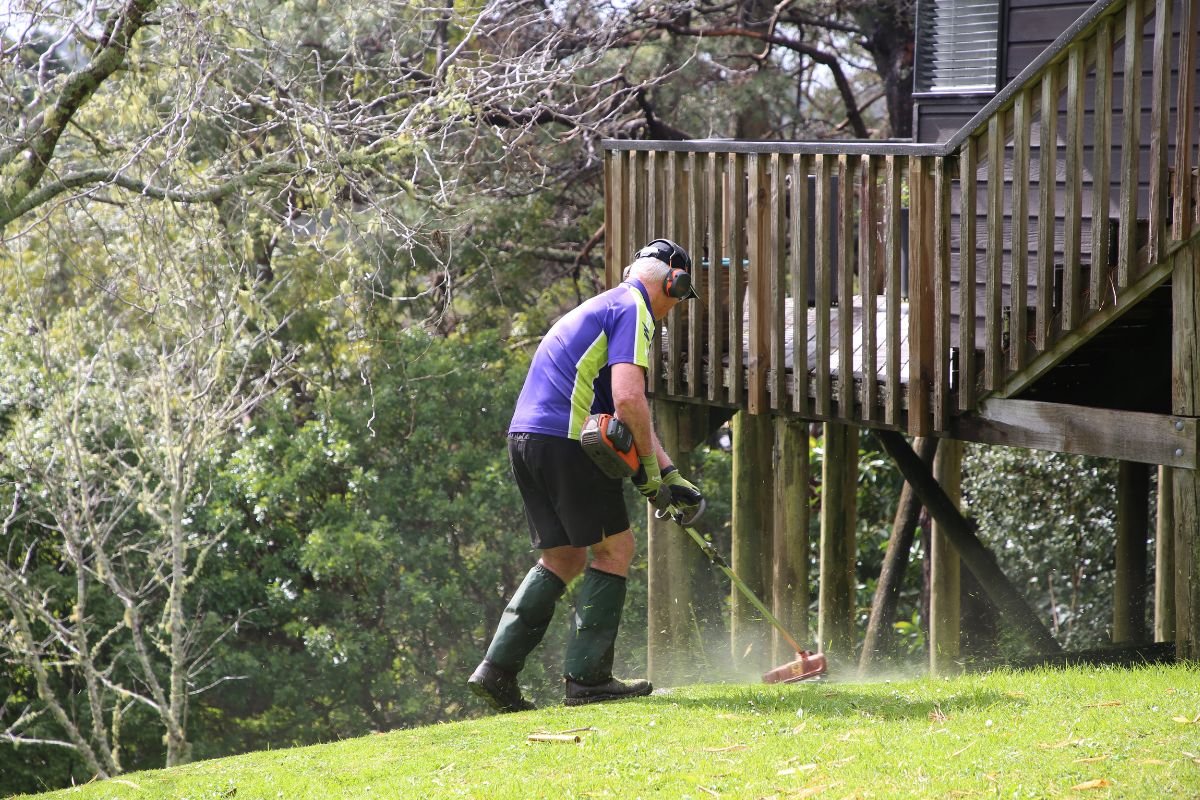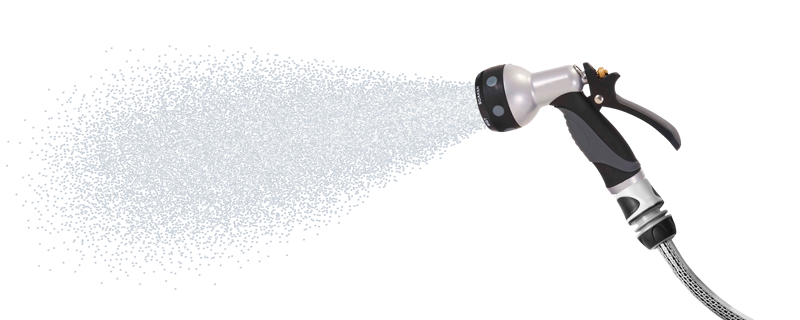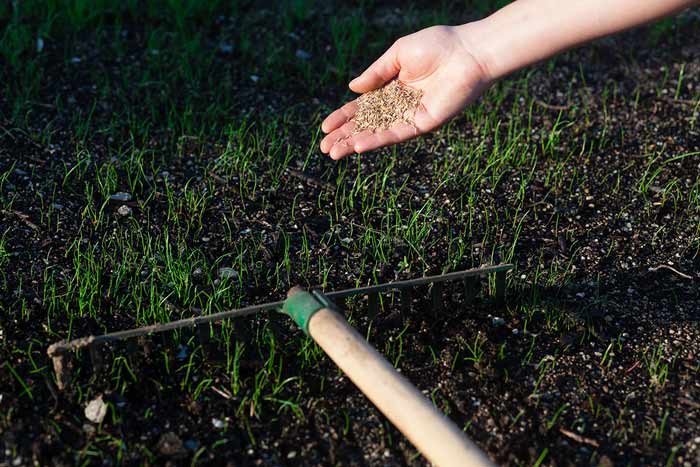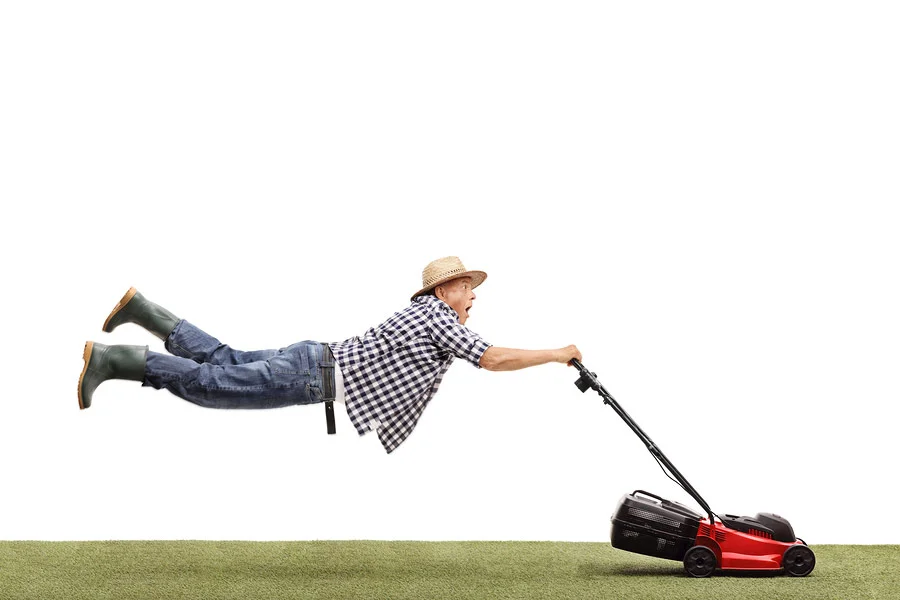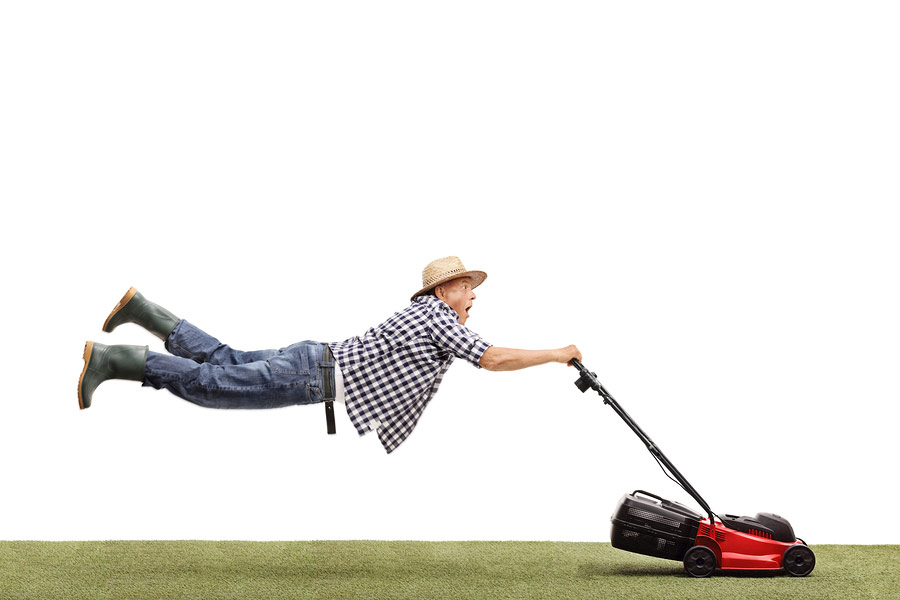Animals bring so much joy into our lives. They make us smile, bring warmth and wet noses, and when they depart, they leave little paw prints on our hearts. But if there’s one thing that most pet owners struggle with it’s; the destruction they can cause in your yard.
Are your furry, feathery, and fluffy friends cute critters of chaos? Read on to learn what to do when your animals keep messing your lawn.
When It’s Your Pampered Pooch
There are over half a million registered dogs in New Zealand, which means it’s safe to say we’re a nation of dog lovers. But we’re sure that figure would be even higher if pet owners weren’t concerned about their lawns being turned into canyons or completely burnt off.
Two of the most common problems that dog owners in New Zealand face are urine burns and holes. Fortunately, there are ways to solve both of these issues.
Urine is high in nitrogen, and nitrogen is well known for its ability to burn the grass. The combination of nitrogen and salts in your dog’s urine is a lawn’s worst nightmare. You can try and encourage your dog to drink more water (you can lead a dog to water, but you can’t make it drink…), or you could invest in a product that filters out those water impurities, such as Dog Rocks.
You may even be able to train your dog to go to the toilet in a specific place, rather than your lawn - but that may take a little more time.
If your pooch is a hole digger, then you have several options at your disposal. You can spend more time playing with them and exercising them to wear them out, or you can monitor your dog’s time in the yard. If they only dig in one spot, you can cordon off that area to see if it stops them altogether.
When It’s Your Feathery Friends
With the price of eggs on the rise, more and more people are discovering a new passion for backyard chickens. They don’t require a lot of effort or cost a lot to keep, but they can keep your fridge stocked for omelettes for months!
What they can also do, however, is ruin your lawn. A chicken’s favourite pastime is rooting around in the dirt, creating dust baths, and finding delicious insects to eat. Your lawn is their dinner plate.
If you don’t want it to be, then consider creating a portable enclosure that keeps them contained, but with plenty of space. You can then rotate it around several areas of your lawn, keeping destruction to a minimum.
When Neighbourhood Cats Cause Chaos
There are nearly 1.5 million domestic cats in New Zealand, which equates to almost two cats for every household. They’re cuddly critters, but wholly independent, and don’t see their owner’s property boundary as their own. They are quite happy to wander over to your neighbour’s, and vice versa. Therefore, many homeowners have a problem on their hands: a whole bunch of random neighbourhood cats is messing up their gardens!
There are very few things as disappointing as pulling up new potatoes from the garden, only to find you have a fist full of faecal matter instead. You might love your cat dearly, but not what they leave behind. So how do you stop your cat, and others, from pooping in your prized potato patch?
There are many plants that cats hate, so it’s worth talking to your local gardening expert about which one they would recommend. Some great options include lavender, lemon thyme, and geranium.
However, you can also consider some natural repellents in your gardens, such as blood meal fertiliser, scented herbs and oils, citrus, and coffee grounds. Something noisy, such as a plastic bag on a stick, may also be a great deterrent, as can prickly plants in their favoured “litter box”.
Those Wily Wild Rabbits
Wild rabbits have been an agricultural pest in New Zealand since the 1870s, and not a lot has changed in that regard. If your lawns are covered in rabbit poo and holes, then it’s time to act. There are both deterrents and control options available, but some council rules and regulations may apply.
Poisoning, repellents, habitat manipulation, shooting, commercial pest controllers, and rabbit burrow fumigation are all common control options here in New Zealand. Once again, talk to your local council about valid and legal options in your area. You can also protect your favourite plants with fencing and netting to prevent rabbits from getting access.
Conclusion
Most pet owners would go to the ends of the earth for their pets, and that can mean making some sacrifices when it comes to the attractiveness of their lawn. After all, you can’t put a price on the joy and happiness that a furry, feathery, or fluffy friend brings into your life. However, if there’s a way to minimise that damage, then why wouldn’t you? Take note of these helpful hints above to hopefully reinstate some of your lawn’s former glory.










